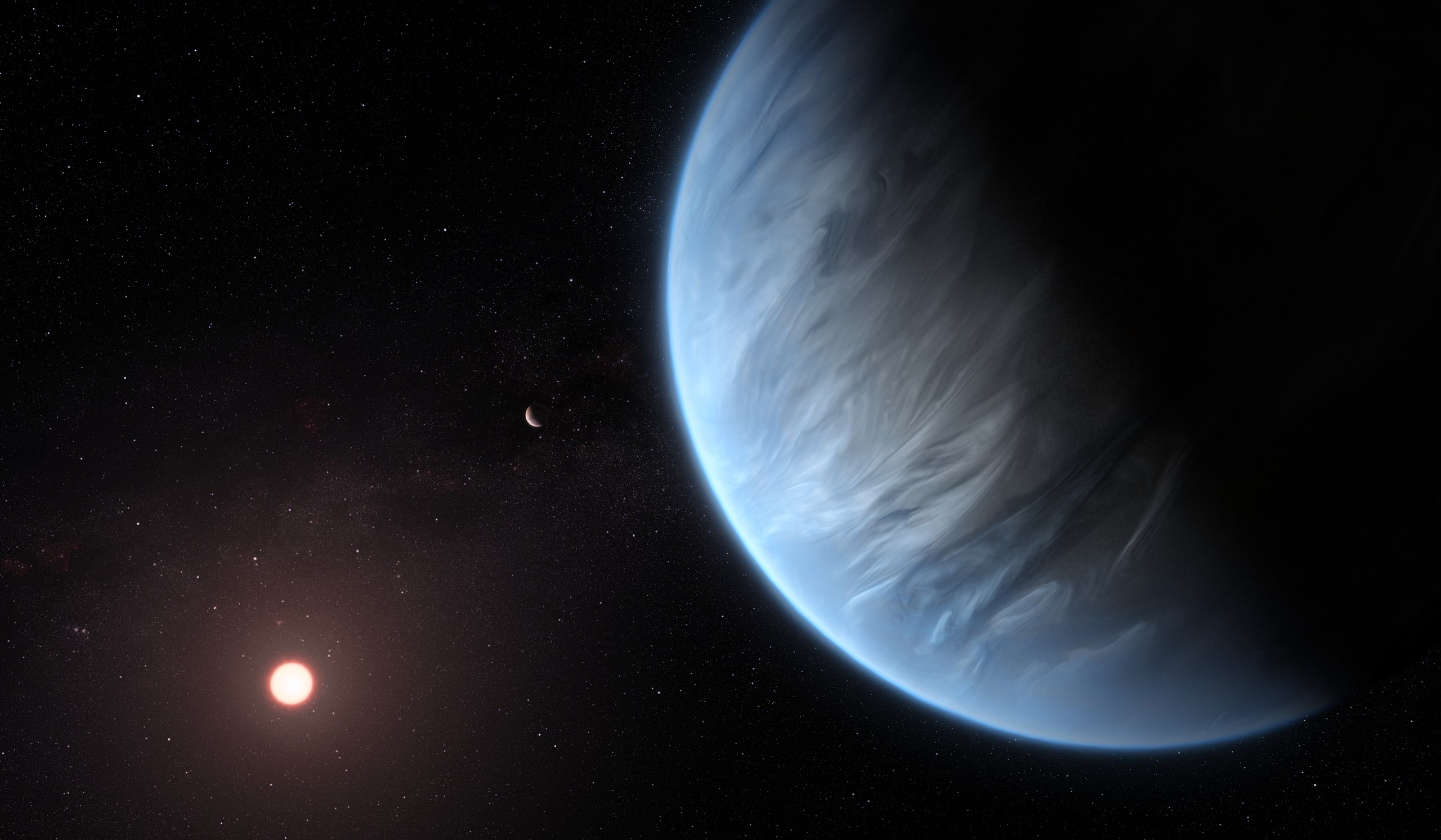New Bio-Marking Chemicals Will Help Find Earth’s Twin

What’s the Latest Development?
In the search for life beyond Earth, the discovery of planets outside our solar system has been monumental. NASA’s Kepler spacecraft has found more than 700 such exoplanets and now, scientists are honing the chemistry behind the search for extraterrestrial life. As part of that process, astronomers will concentrate their search for planets on M dwarf stars, which are smaller, cooler and more frequent than stars like the sun. When planets pass in front of their parent stars, scientists can measure the chemical composition of planets’ atmospheres by measuring how the star’s light filters through it.
What’s the Big Idea?
Because M dwarf stars are cooler, planets in the habitable zone, where liquid water can exist, will be closer to their parent star. This means more frequent transits across the star’s surface and more opportunities for scientists to measure how light interacts with the planet’s surface. Scientists know that substantial amounts of bio-signature gases like ozone or oxygen, methane and nitrous oxide, affect how light refracts off the planet. But scientists are also widening their field of vision, looking for chemicals such as sulfur gases and ethane, which could support single-celled bacteria before plentiful supplies of oxygen exist.
Photo credit: Shutterstock.com




